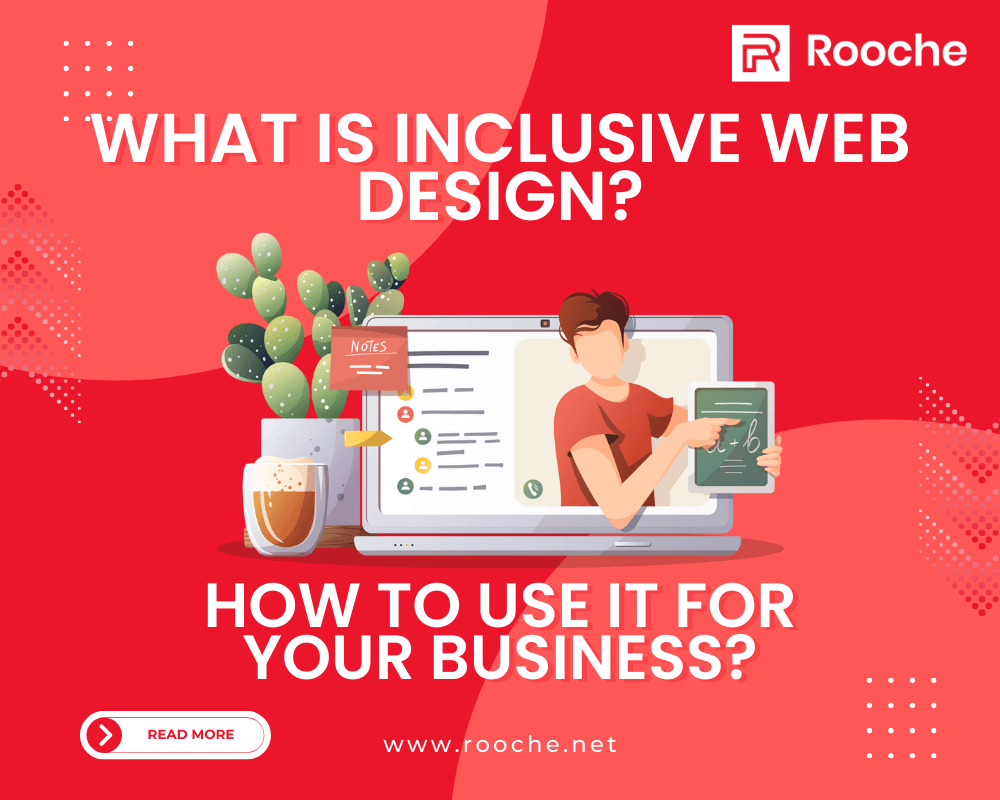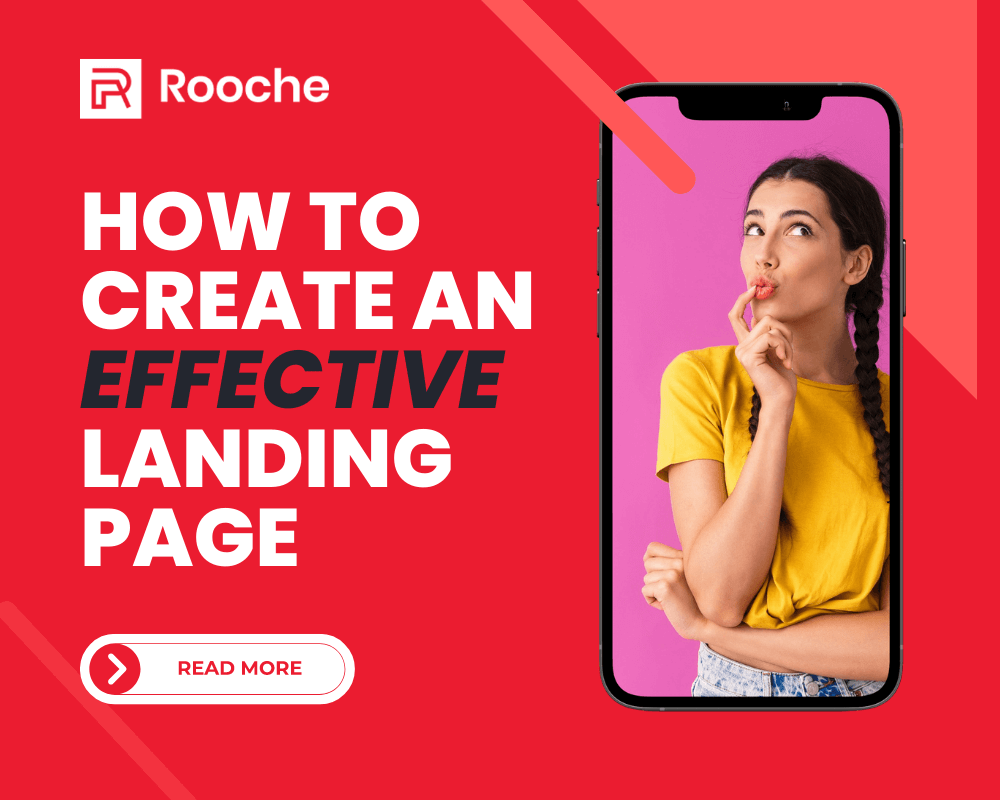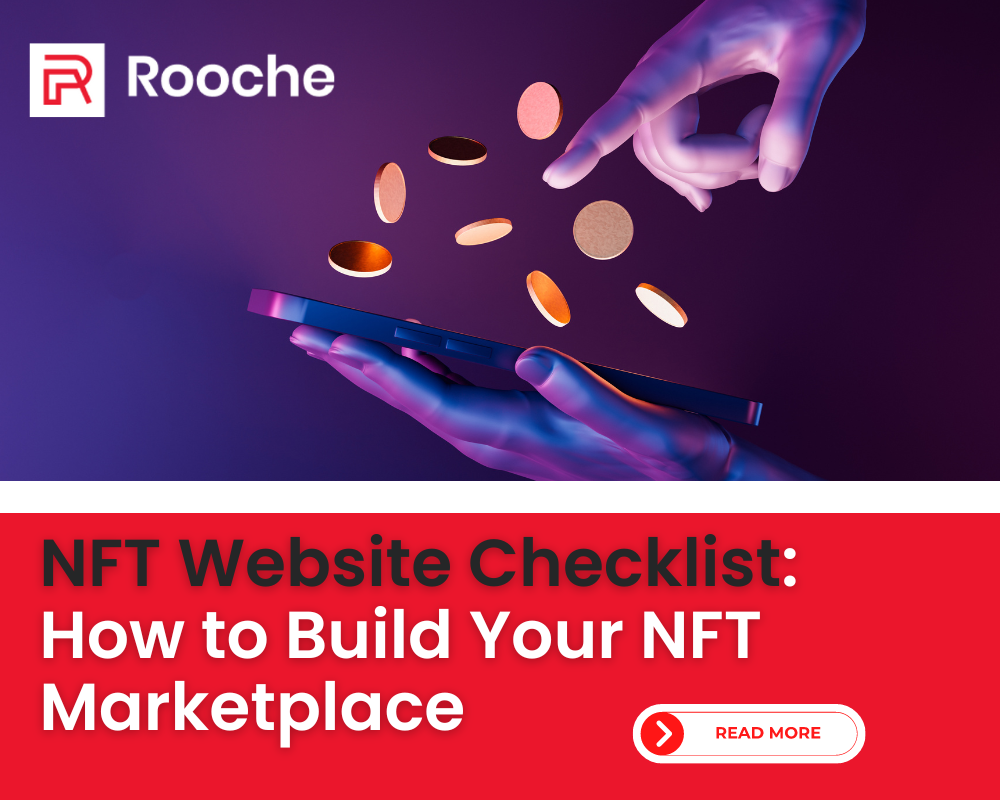Web Design: How to Create an Effective Landing Page
Landing pages are an essential part of a good web design. It is the first thing your visitors see, and […]
Dec 8, 2022
Dec 8, 2022

Inclusive web design is the practice of building a website that is accessible to all people. This is regardless of their ability level. When you create an inclusive design, you’re focused on creating a site that works well for everyone. It is not just the subset of people who have perfect eyesight or who are able to use a mouse or trackpad. Furthermore, inclusive web design makes websites more accessible to everyone by making sure they don’t skip any steps. This includes things like adding alt tags to images so they can be read by screen readers.
It can be tricky to know where to start when you’re trying to create an inclusive web page, but there are some basic principles that can help guide you:
A lot of people with disabilities use the internet to shop and do other things they need or want to do, so if your website isn’t accessible, you’re losing out on a huge market. The inclusive design also gives your website an edge over competitors’ sites by making it more user-friendly and accessible to everyone—no matter their age, gender, race/ethnicity, sexual orientation, or disability status.
In addition to being good in business, inclusive design is also about making the internet a better place for everyone who uses it. In the United States, people with disabilities are the largest minority group. Some 54.4 million people, or 18.7% of the population, have a disability. This number will increase rapidly as the baby boom generation ages because 53% of persons over 75 have a disability. Considering this statistic, we can conclude that making your website inclusive can open possibilities that these consumers might find your website easy to access and will have a high chance of converting new sales.
A lot of people think that an inclusive user experience is only for people with disabilities, but it’s not. Anyone can benefit from an inclusive design: the elderly, people who are colorblind, and even people who have trouble reading. So basically anyone with a device can benefit from an inclusive design.
You should start by asking yourself: Who is my audience? If you’re just starting out, it’s probably easiest to focus on one group of people—but if you already have an audience, try to think about what else they may need from their website. For example, if you have an e-commerce site that sells shoes for kids, make sure that any content on your website is written at a level appropriate for children (and their parents). This means keeping sentences short. Avoid using jargon or technical language where possible.
Next up: What does my audience want? Are there any parts of the site where users might struggle? If so, then those are areas where we need extra attention from our website designers and developers (and ourselves!) during development. Can we make our forms shorter? Can we make it easier for users who don’t speak English well to understand what they’re doing? What kind of help do we offer when users get stuck?
Furthermore, if there are any obvious issues (like a page that uses slurs), it’s best to fix them right away. But don’t stop there! You can also check out your site’s images and make sure they’re representative of all types of people. And don’t forget about color blindness! If you’re using colors or images in your design, make sure they’re high contrast so everyone can see them easily.
It’s important to remember that accessibility is not just about making sure your website works for people with disabilities. It’s about making sure that your site can be used by everyone, regardless of their ability level.
At the end of the day, when we all work to create a web that is accessible to everyone it benefits all of us.

Landing pages are an essential part of a good web design. It is the first thing your visitors see, and […]
Dec 8, 2022

According to Statista, the number of smartphone subscribers globally has surpassed six billion, with several hundred million more expected in […]
Dec 8, 2022

NFT is a digital asset that represents something unique and cannot be replicated. NFTs can be used to represent items […]
Dec 8, 2022
Join our newsletter and be the first to receive future promo and sale updates from Rooche!